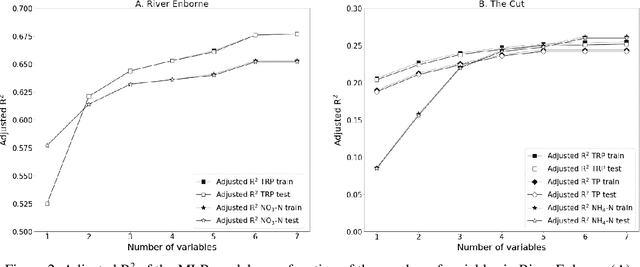Estimation of high frequency nutrient concentrations from water quality surrogates using machine learning methods
Paper and Code
Jan 27, 2020



Continuous high frequency water quality monitoring is becoming a critical task to support water management. Despite the advancements in sensor technologies, certain variables cannot be easily and/or economically monitored in-situ and in real time. In these cases, surrogate measures can be used to make estimations by means of data-driven models. In this work, variables that are commonly measured in-situ are used as surrogates to estimate the concentrations of nutrients in a rural catchment and in an urban one, making use of machine learning models, specifically Random Forests. The results are compared with those of linear modelling using the same number of surrogates, obtaining a reduction in the Root Mean Squared Error (RMSE) of up to 60.1%. The profit from including up to seven surrogate sensors was computed, concluding that adding more than 4 and 5 sensors in each of the catchments respectively was not worthy in terms of error improvement.
 Add to Chrome
Add to Chrome Add to Firefox
Add to Firefox Add to Edge
Add to Edge